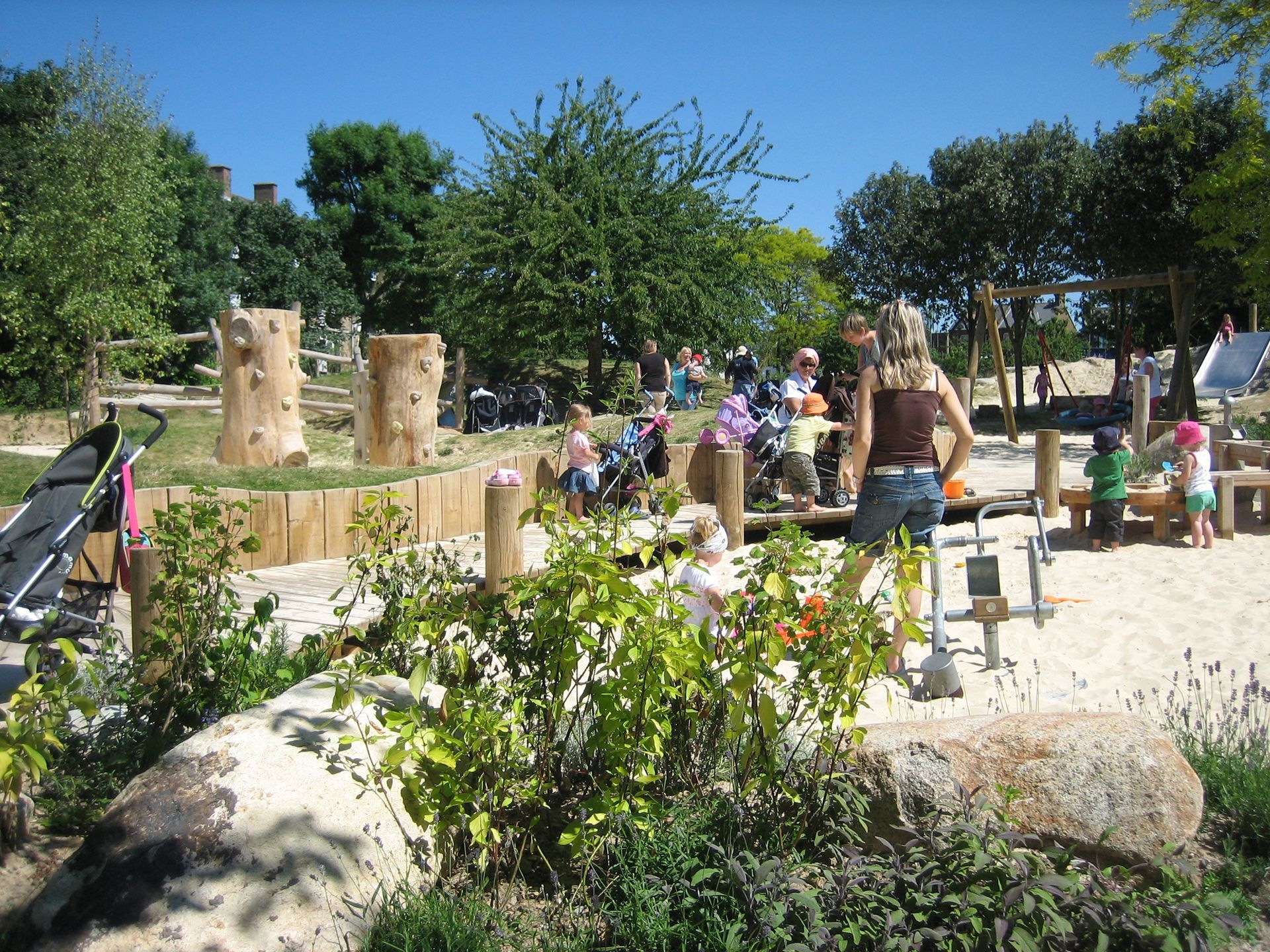Phytoncides: Nature’s Invisible Ally in Landscape Design
Phytoncides: Natural Antimicrobial Compounds Released by Plants
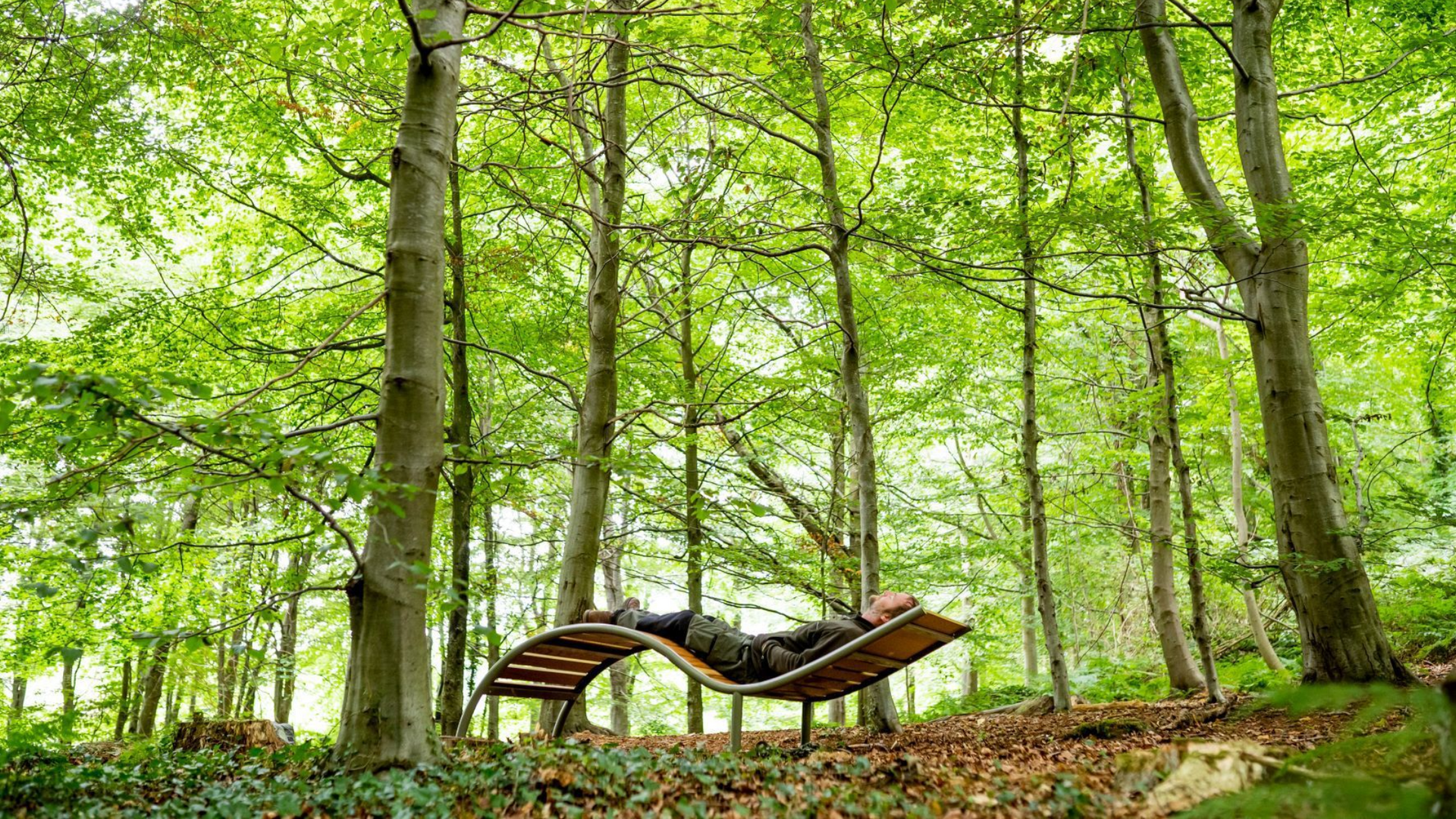
Trees and plants are more than green infrastructure: they are living chemical factories. Among their most fascinating outputs are phytoncides — natural antimicrobial compounds released to defend against bacteria, fungi, and insects. The term comes from the Greek phyton (plant) and -cide (to kill). Conifers such as pine, cedar, fir, and spruce are particularly rich sources, filling the air with invisible volatiles that protect the plant and, as science is now showing, quietly benefit us too.
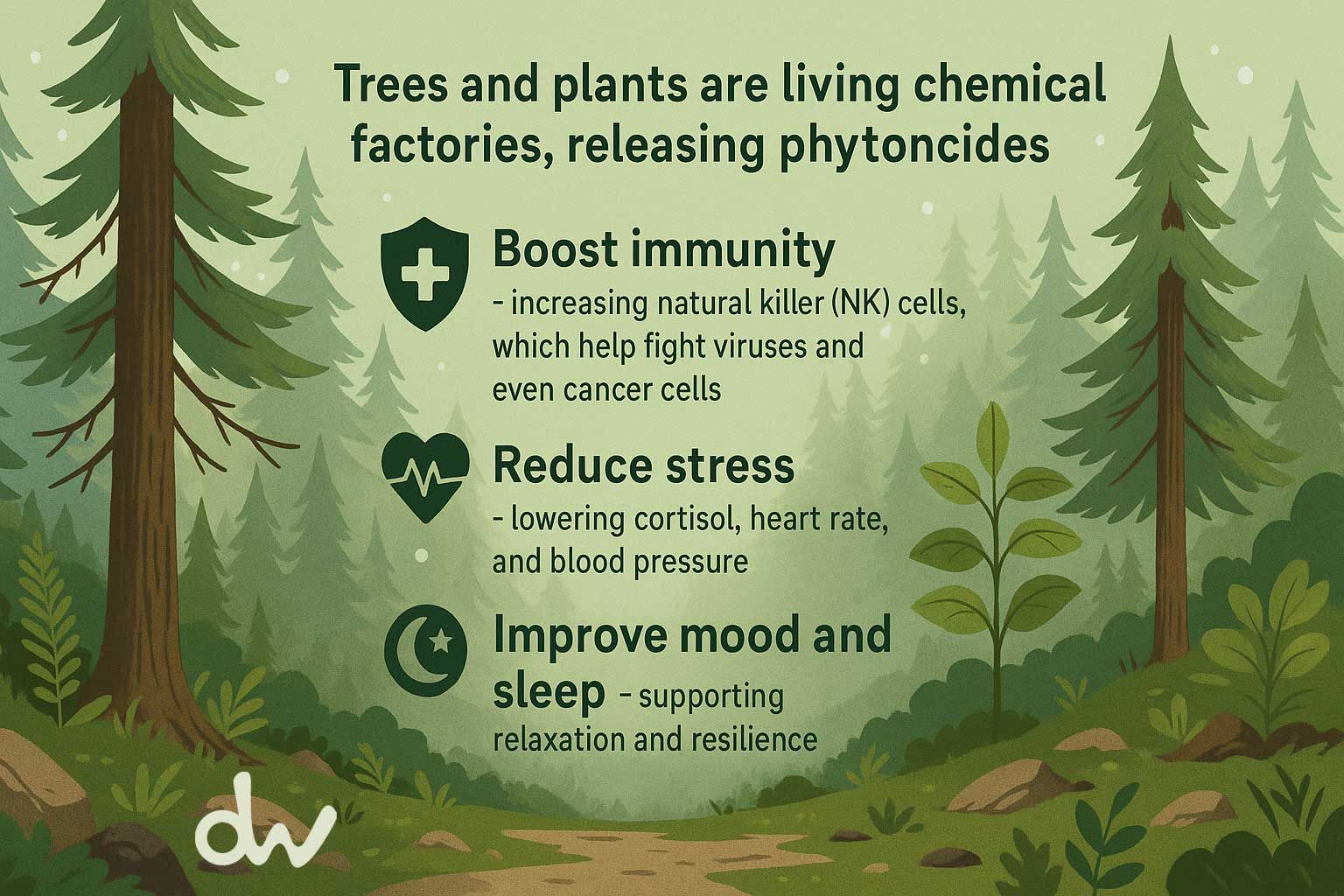
Why they matter for human health
Recent studies suggest that breathing phytoncide-rich air can:
- Boost immunity – increasing natural killer (NK) cells, which help fight viruses and even cancer cells.
- Reduce stress – lowers cortisol, heart rate, and blood pressure.
- Improve mood and sleep – supporting relaxation and resilience.
A 2024 global review confirmed these benefits, not only in forests but also indoors where wood oils were present. Earlier research in Japan by Dr. Qing Li showed that essential oils from pines and cedars could strengthen immune responses in controlled trials. In simple terms: when we walk through phytoncide-rich landscapes, the air itself helps train our immune system and calm our nervous system.
What this means for landscape design
For designers, this is more than an interesting scientific footnote. Planting design becomes not just visual or ecological, but a form of health infrastructure. The species we select, the density we create, and the way we arrange planting all have subtle biological impacts.
Across our work at Davies White; from country parks and woodland trails to school play gardens and heritage sites we design landscapes where phytoncides are part of the story. Many of our projects sit in woodland settings or feature playful planting that naturally includes pine, oak, birch, willow, rosemary, lavender, thyme, mint, and other safe, child-friendly species. These choices enrich play, deepen sensory engagement, and, as the evidence suggests, support wellbeing.
To see how this comes to life, explore some of our case studies:
Moel Famau Nature Play Trail -
Set within a mixed conifer woodland where species such as pine and spruce are natural sources of phytoncides, creating an immersive play and learning environment.
RHS Back to Nature Garden
-
Featuring a multi-stemmed Scots pine (Pinus sylvestris), one of the strongest phytoncide-emitting conifers and a
key species in European forests.
Gosford Forest Trail
-
A woodland adventure within mixed woodland and open parkland, home to both conifer and broadleaf species. Notable trees include fir (Abies spectabilis), Douglas fir (Pseudotsuga menziesii), and Norway spruce (Picea abies), all recognised as strong phytoncide emitters.
Boscobel House Royal Oak Play Space
-
Featuring a long, playful willow tunnel. Willow (Salix spp.) is a broadleaf tree that emits volatile compounds such as salicylates, offering a child-friendly, tactile, and resilient planting feature.
The Wild Garden
- Co-designed with Dr Julie Crocombe for children with autism, this garden offers calm connection with nature. At its heart, a hollow Monterey cypress (Cupressus macrocarpa) releases gentle phytoncides that soothe and restore.
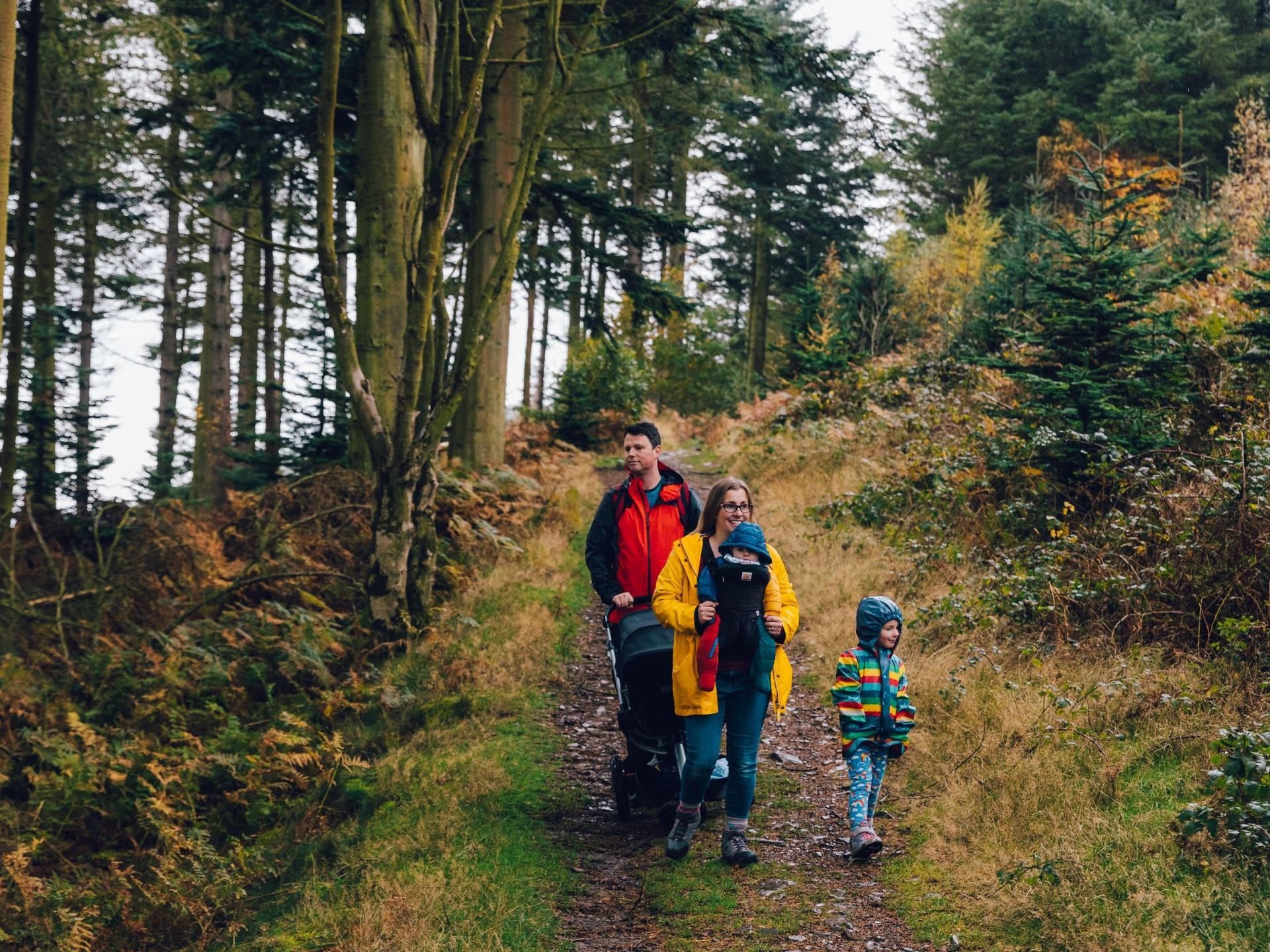
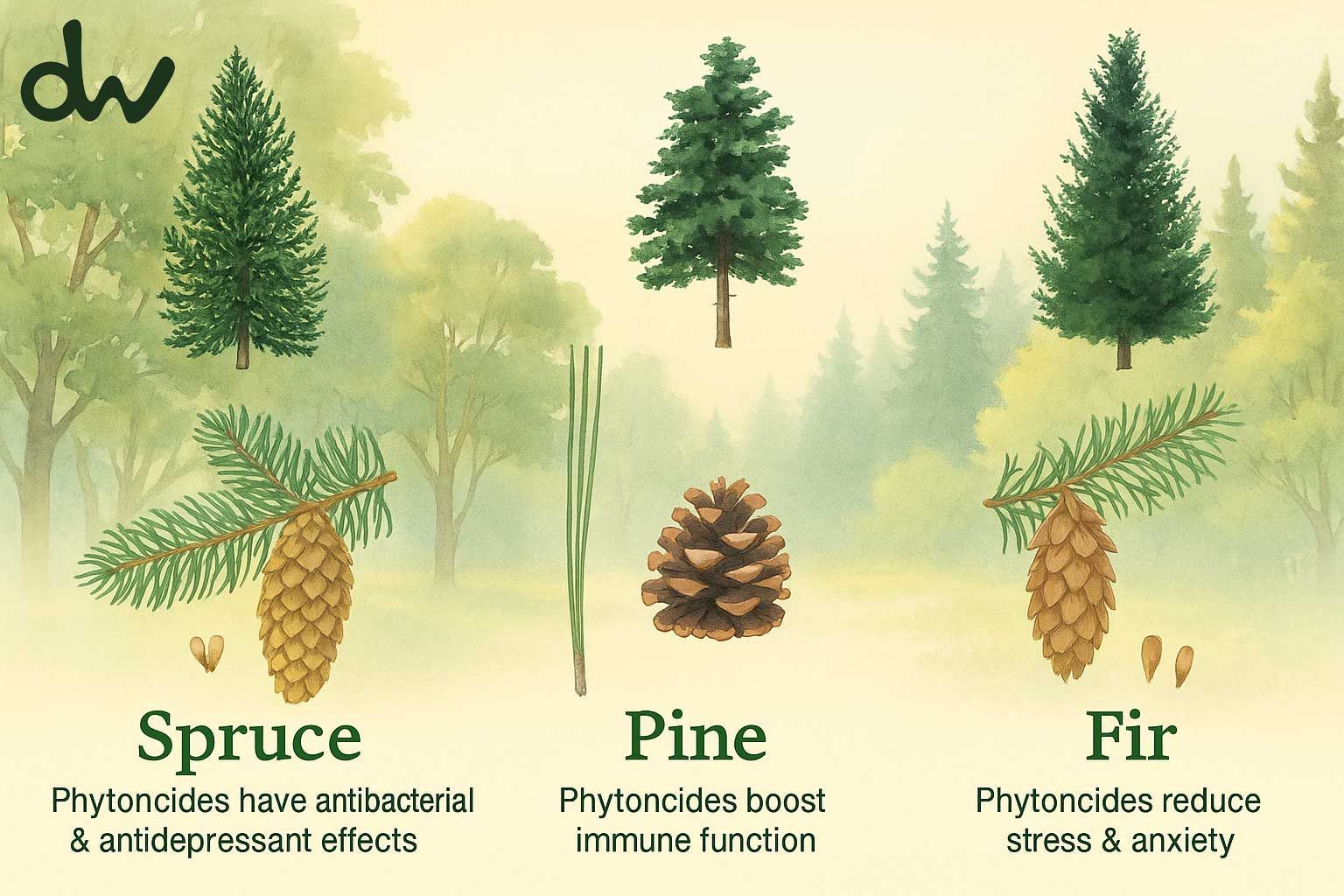
Which trees and plants help most?
Strong emitters:
pine, cedar, fir, spruce, cypress, juniper.
Broadleaf contributors:
oak, birch, willow, eucalyptus
(eucalyptus is less suited to play spaces).
Smaller plants:
rosemary, sage, lavender, thyme, mint, lemon balm.
Family friendly gardens and landscapes
In child focused green spaces, most of these are safe and familiar. Pine, birch, oak, willow, rosemary, lavender, mint, lemon balm, and thyme are excellent for sensory planting and low risk. Species such as cedar, cypress, and juniper can be valuable in woodland edges but should be positioned thoughtfully, avoiding direct child contact with berries or resinous foliage. Eucalyptus, while potent, is rarely appropriate in UK settings. Handled well, these plants turn play environments into spaces where invisible plant chemistry becomes part of the fun - calming, protecting, and engaging children in multisensory ways.
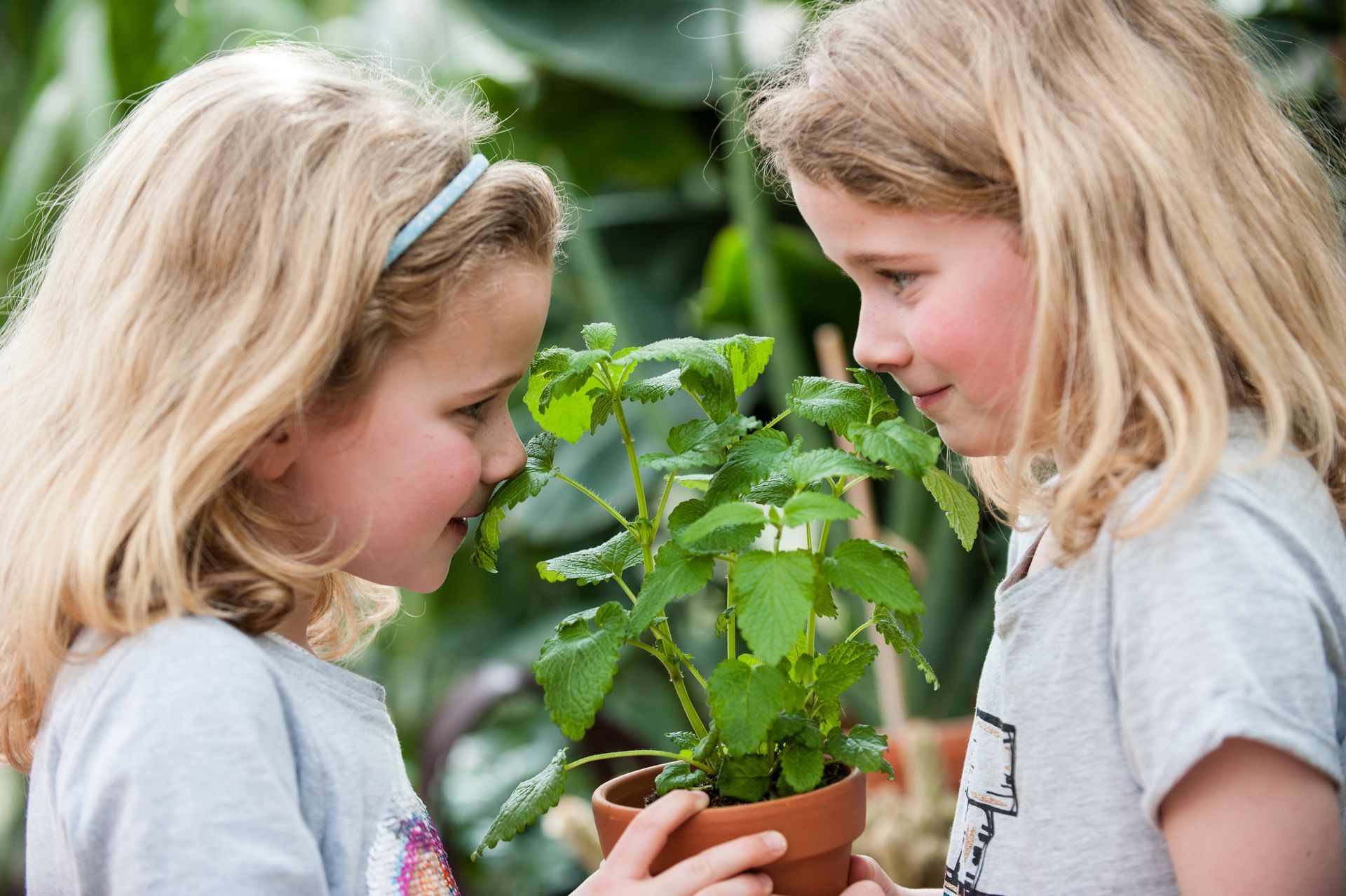
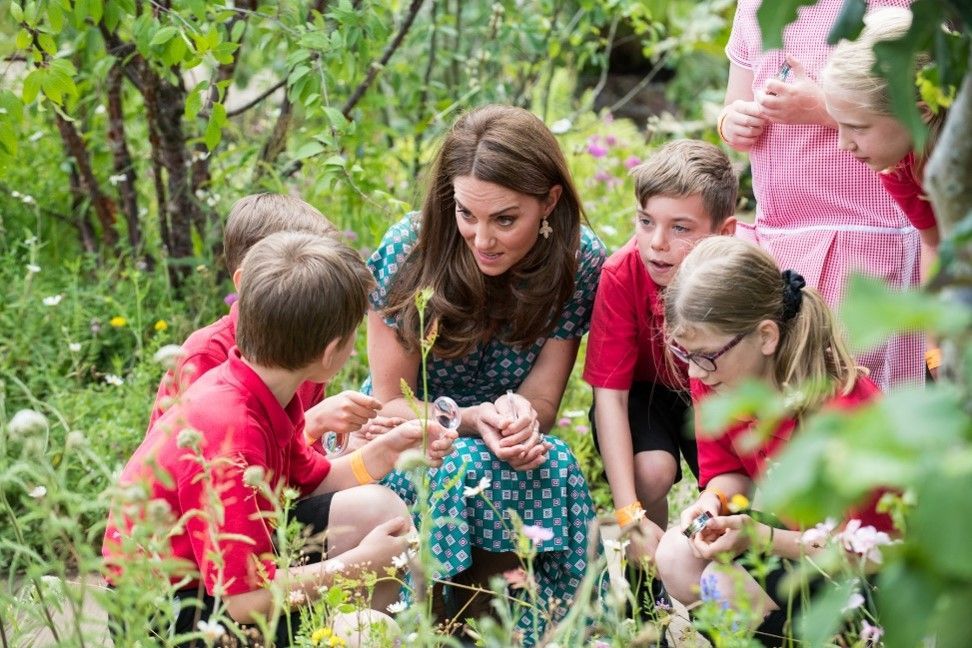
Playful planting and tackling plant blindness
For over 20 years, Davies White has championed playful planting: encouraging children and families to smell, touch, and taste plants, from lemon balm leaves to lavender flowers. These encounters do more than enrich play — they counter plant blindness, the tendency to overlook common plants, and address nature deficit disorder, the disconnection many children experience from the natural world.
Our Playful Planting: Nature’s Playground field note post highlights how texture, fragrance, edible plants, sound, and seasonal change can transform planting into an active part of play. Combined with phytoncide-aware planting, these strategies stimulate all the senses, build curiosity, and quietly boost wellbeing.
Practical design takeaways
Designers and educators can encourage phytoncide exposure by:
- Prioritising species rich in monoterpenes (pine, cedar, fir, cypress) where context allows.
- Creating layered planting and sheltered glades that hold scent and atmosphere.
- Using sensory herbs such as rosemary, thyme, mint, and lavender in raised beds for hands-on play.
- Pairing planting with activity from forest walks to outdoor classrooms so children actively engage with the air and plants around them.
- Educating through experience making the invisible chemistry of plants part of storytelling and science learning.
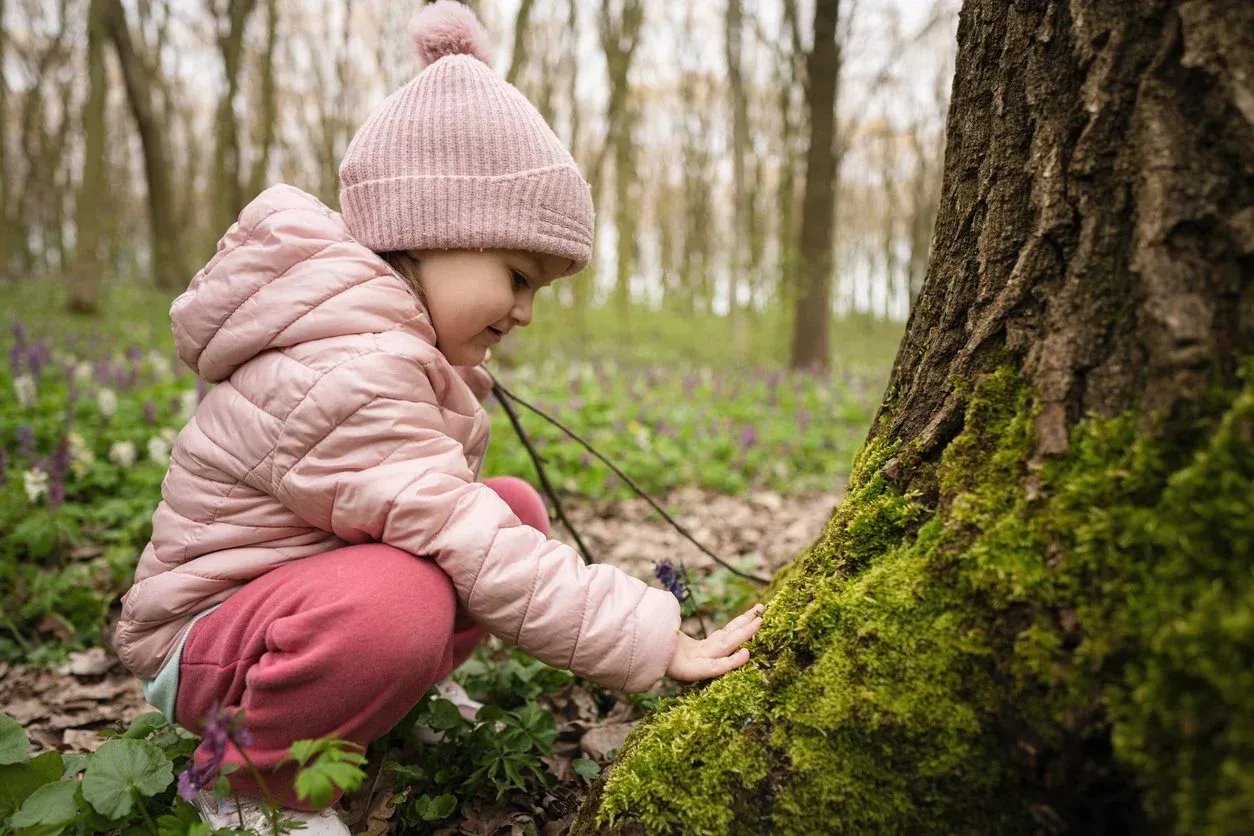
A quiet case for “healthy green”
The science of phytoncides reinforces a simple but profound truth: landscapes nurture people as well as place. Well-chosen planting can be both playful and protective, both beautiful and biologically active. At Davies White, this underpins our ethos of healthy green design. By weaving biodiversity, sensory planting, and phytoncide-rich species into our landscapes, we create spaces that support ecology, spark curiosity, and act as quiet infrastructure for wellbeing. For landscape architects, funders, schools, and community leaders, the message is clear: green spaces are more than amenities. Designed thoughtfully, they are places where every breath can be restorative and where the chemistry of plants helps children and families thrive.
Strong phytoncide emitters:
- Pine (Pinus spp.) – rich in α-pinene, classic forest phytoncide source.
- Cedar (Cedrus spp. / Thuja spp.) – powerful volatile oils, often used in studies.
- Fir (Abies spp.) – balsamic scent, strong monoterpene output.
- Spruce (Picea spp.) – another conifer high in phytoncides.
- Cypress (Cupressus spp. / Chamaecyparis spp.) – high phytoncidal output.
- Juniper (Juniperus spp.) – aromatic, antimicrobial volatiles.
Trees with phytoncidal properties
- Oak (Quercus spp.) – emits tannins and some volatiles, lower than conifers but still present.
- Birch (Betula spp.) – lighter contribution, often used in woodland mixes.
- Willow (Salix spp.) – salicylates with mild antimicrobial effects.
- Eucalyptus spp. (if used) – globally recognised for volatile oils.
Shrubs, herbs, and smaller plants:
- Rosemary (Rosmarinus officinalis) – cineole, antimicrobial.
- Sage (Salvia officinalis) – strong antimicrobial volatiles.
- Lavender (Lavandula spp.) – calming volatiles, lower phytoncidal effect but strong sensory link.
- Thyme (Thymus vulgaris) – thymol, carvacrol.
- Mint (Mentha spp.) – menthol-rich volatiles.




